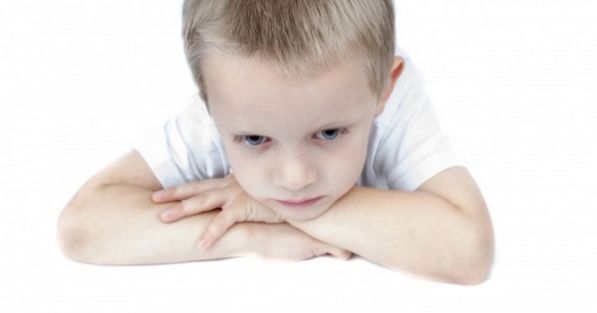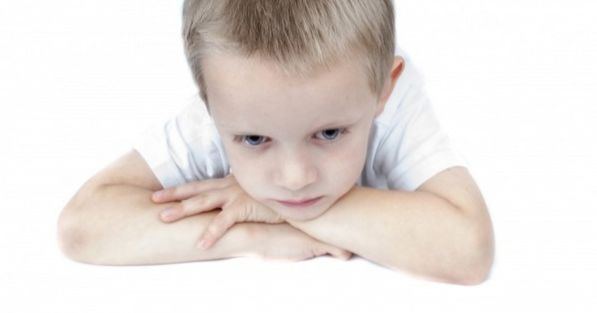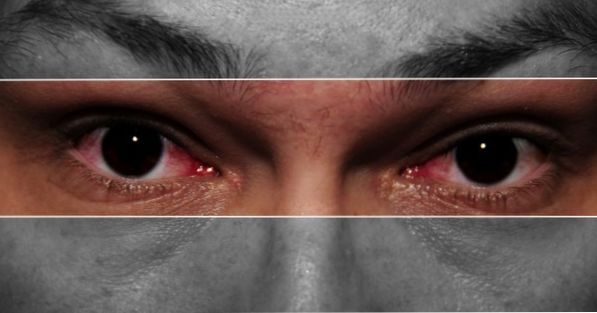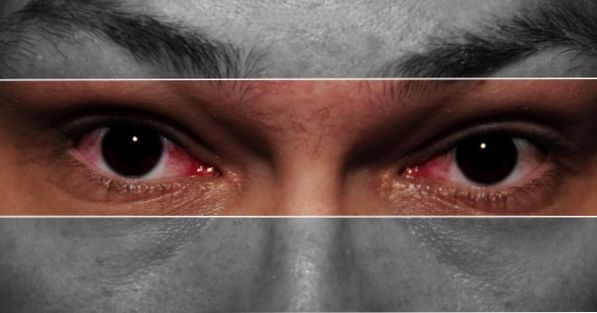The symptoms of childhood disintegrative disorder begin to manifest before 10 years age, after a period in which the child develops normally, at least until 2 years of age.
Children with childhood disintegrative disorder do not present developmental delays during the first 2 years of age, communicating by words, expressions and gestures, in addition to manifesting age-appropriate behaviors.
However, before the age of 10, the child manifests a significant loss of skills that have already been acquired. This loss occurs in at least two areas: language, social skills or behaviors, bowel or bladder control, play and motor skills.
Thus, a child with childhood disintegrative disorder may present the following signals and symptons:
Injury in social interactions, with changes in non-verbal behaviors, difficulty in developing relationships, poor social and emotional openness, lack of response to caring attempts, brief eye contact;
Loss of communication, delay or absence of speech, loss of ability to start or maintain conversation, loss of ability to interpret gestures, repetitive language, absence of varied imaginary jokes;
Repetitive, restricted and stereotyped behaviors, activities and interests, including changes in motor skills.
Treatment
The treatment of childhood disintegrative disorder should begin as early as possible to facilitate the child's adjustment and compensate for its limitations, reducing or preventing further delays.
The treatments most used to treat childhood disintegrative disorder are those of approach psychological, social and educational.
The goal is to improve the child's language, communication and social skills as well as reduce maladaptive behaviors.
Learn more at: Is Childhood Disintegrative Disorder Serious?









